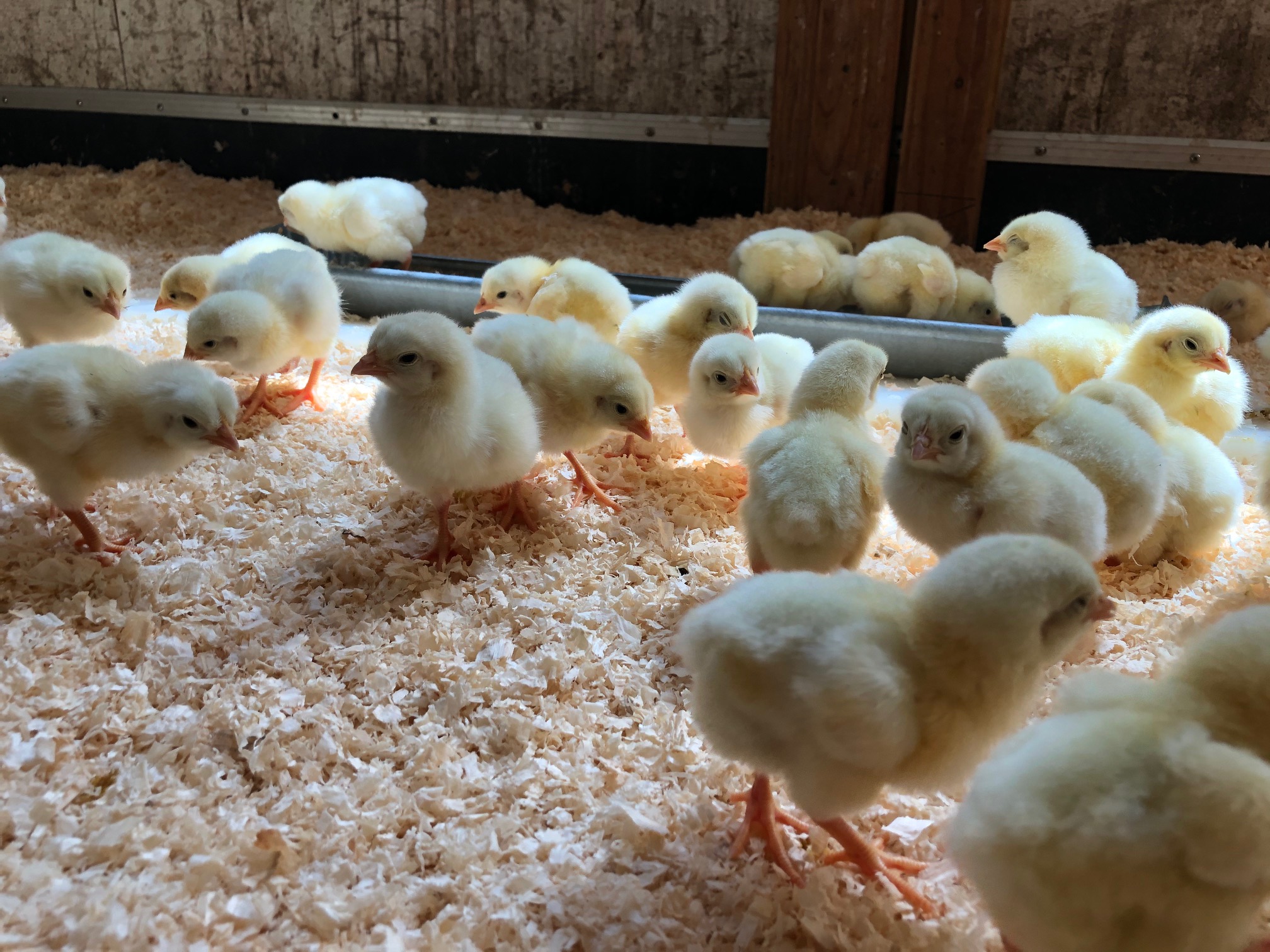KABERAMAIDO, October 4, 2025 – Beneath the leafy shade of a towering mango tree, the Omodoi Women Farmers Field School buzzes with energy. Members of the local Village Savings and Loan Association [VSLA] gather in the compound, while over a hundred local chickens roam freely, an everyday scene in this vibrant rural community in Teso Subregion.
At the far end of the yard, beyond a modest fence, stands a simple building housing a solar-powered hatchery and brooder, an innovation that is transforming indigenous poultry farming and improving livelihoods for dozens of smallholder farmers.
For years, chicken farmers in the region relied on traditional methods, hatching just a few chicks at a time. Today, thanks to support from the Food and Agriculture Organisation of the United Nations [ FAO] and funding from the Norwegian Government, the Omodoi group runs a solar-powered hatchery with a capacity of 1,056 eggs per cycle, dramatically increasing production.
Two such hatcheries have been installed, one in Kaberamaido district and another in neighbouring Katakwi, as part of a wider FAO initiative aimed at boosting climate resilience and food security among smallholder households. Unpredictable weather patterns have left many rural communities vulnerable, making such innovations all the more critical.
“Every rural home keeps local chickens, and the demand has always been high,” says Brian Martin Babigumira, a livestock breeder with the National Agricultural Research Organisation [NARO], based in Serere district.
“With FAO’s support, we introduced parent stock of indigenous chickens and installed a 1,000-egg solar incubator. This allows us to hatch eggs from both the community and the breeding stock, and so far, we have produced and distributed over 9,000 chicks. It’s boosting both egg and meat production locally.”
The impact is already being felt on the ground.
“Before we had the hatchery, production was very low because we relied on traditional methods,” says Anette Eretu, Chairperson of the Omodoi Women Farmers Field School, which comprises 30 members, 20 women, 4 young people, and 6 men.
“Now, a farmer can bring 60 eggs at once, and they all hatch. This has greatly improved our productivity and our livelihoods.”
The group meets every Wednesday to share knowledge, coordinate activities and support each other’s efforts, ostering both economic and social cohesion in the community.
Yet, the journey hasn’t been without challenges. A recent failure of the solar system brought operations to a halt for nearly three months, disrupting production and frustrating farmers. However, with swift intervention and community coordination, the issue was resolved, and hatchery services resumed.
“These challenges have made us stronger,” Eretu reflects. “They have shown us the importance of planning for resilience.”
A model for sustainable development
For FAO and its partners, this project offers more than just immediate economic returns, it represents a model for sustainable, climate-smart agriculture. By combining modern technology with the hardiness and cultural value of indigenous breeds, the initiative aims to build long-term sustainability in poultry farming.
As NARO’s Babigumira explains, the value of local chickens extends far beyond the farmyard.
“Indigenous chickens are not just a food source. They are an important social and economic asset. They can be sold to cover urgent household needs, whether it’s paying school fees or medical bills. That’s why we’re investing in this,” he said.
With the solar hatchery now a cornerstone of local farming efforts, the future looks promising for the farmers in Kaberamaido district, proof that with the right support, rural innovation can thrive even in the most challenging conditions.
Buy your copy of thecooperator magazine from one of our country-wide vending points or an e-copy on emag.thecooperator.news
